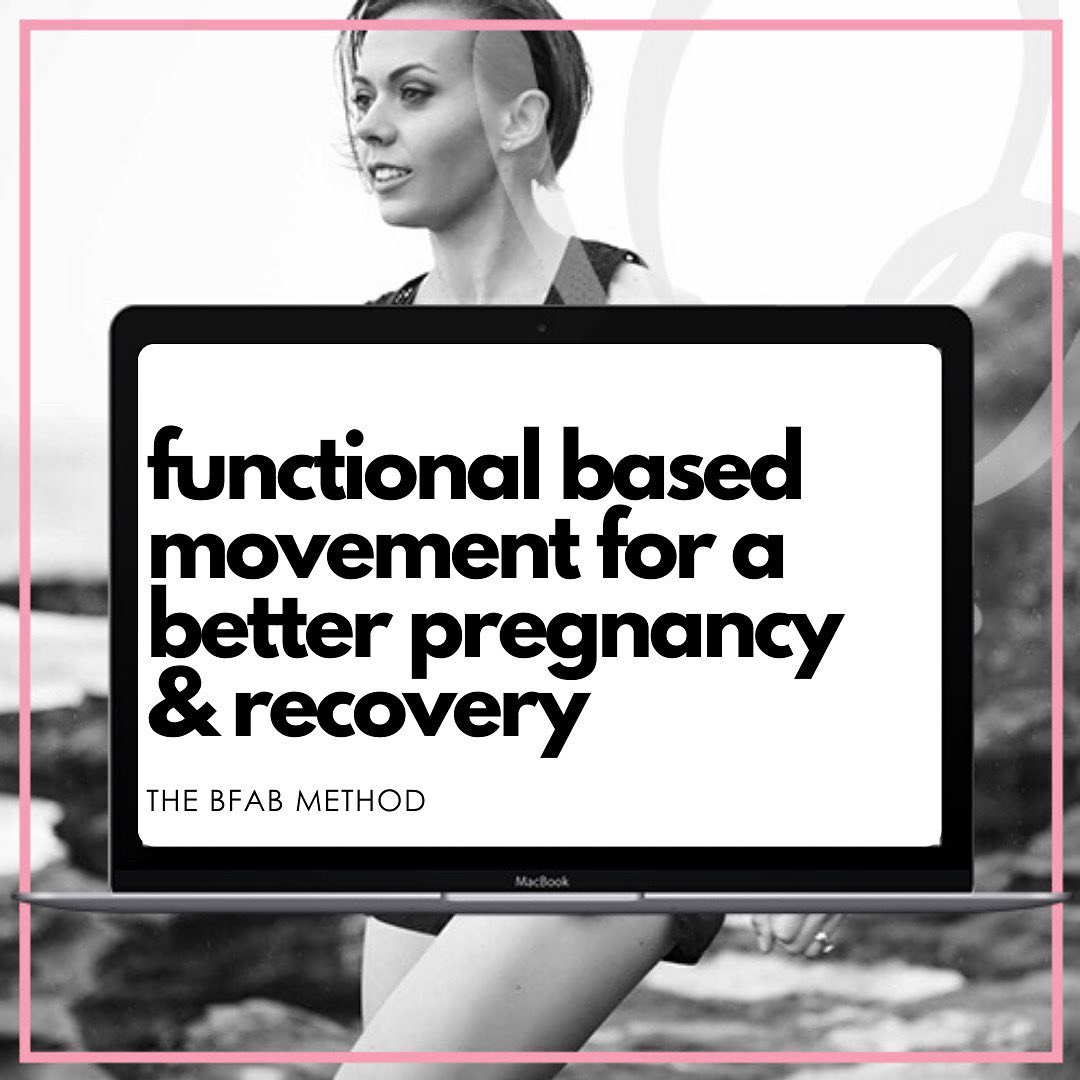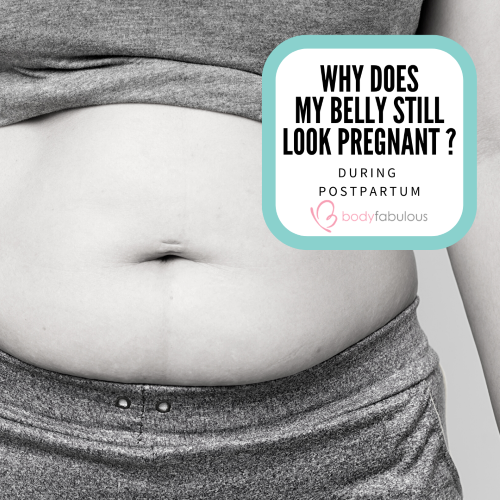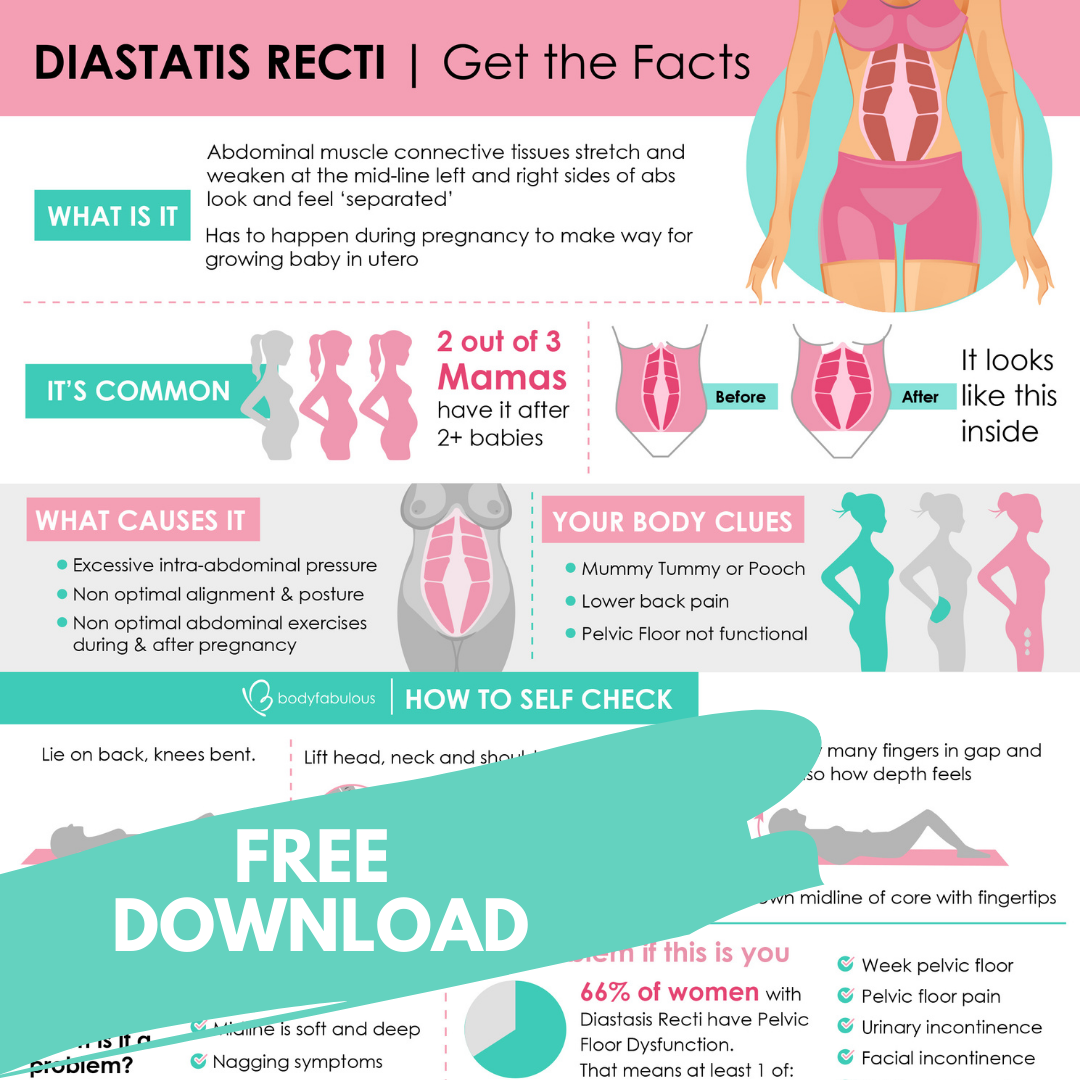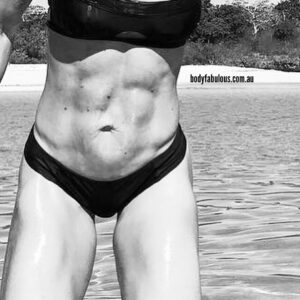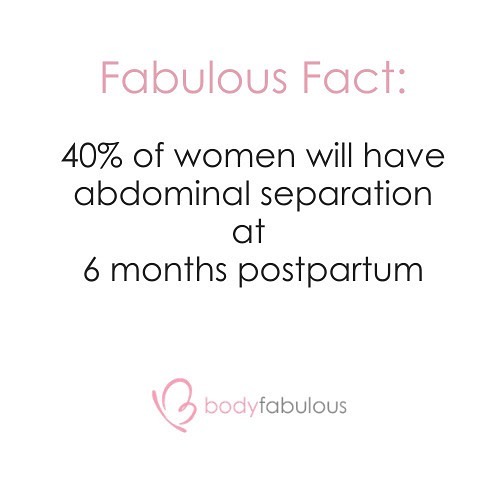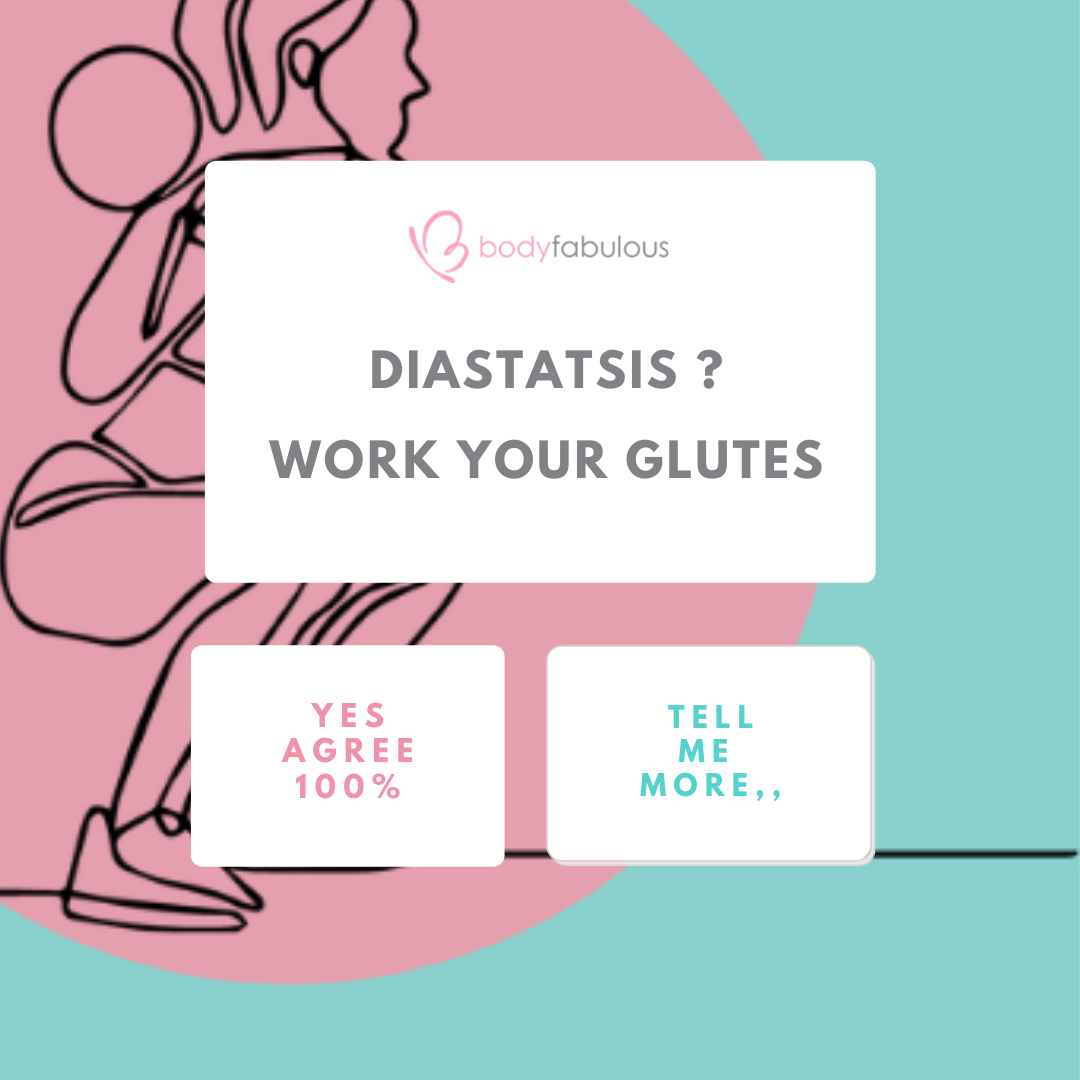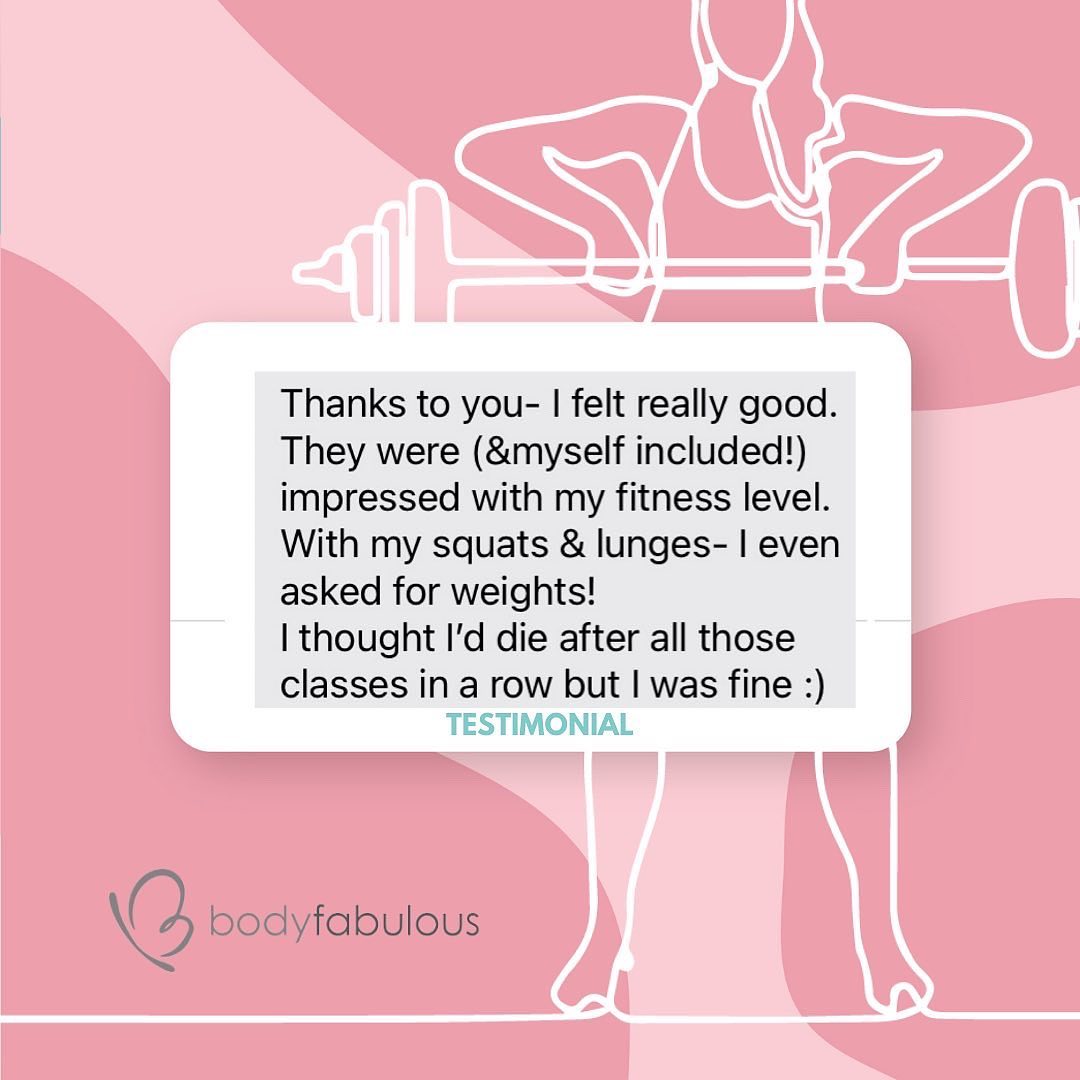Have you been trying to find answers about the best ways to heal your Diastasis Recti ? Most likely, you’ve heard some very disheartening or scary information? Don’t believe everything you read or hear as there’s a lot of misleading and fear based myths about Diastasis out there. It’s time to cut through those and get some FUNCTIONAL CORE clarity.
Let’s clear up the confusion over diastasis recti – here are 7 tips to help
Intra Abdominal pressure matters :
1. DR is a pressure-related, WHOLE-body, fascia-focused issue.⠀Trying to “spot target” your abs is NOT the solution for healing DR. Learning about intra-abdominal pressure and how your whole body connects to your core (which is not only the abs but everything in between the shoulders and hips) is essential.
Due to the un-regulated fitness industry there is a knowledge gap and lack of understanding about “core training”, this unfortunately puts mother’s (of all ages) at risk of unknowingly harming themselves. Some women will do insane amounts of crunches and planks to regain strengthen and “flatten their stomach”, from post birth right up until peri-menopause. Sadly these “traditional core” type exercises are not optimal for the underlying issue and can actually make it worse. Also continuing to “draw belly button to spine” and “engage your T-zone” can result in a lower belly bulge if your inner core has not healed and strengthened optimally.
WATCH MY INSTAGRAM VIDEO HERE – that explains this.
Consider your posture :
2. Many women also end up with a distended abdomen and stretched skin on their core – but don’t really have any ab separation. Resuming the “wrong” exercises and neglecting daily posture and global body movement’s often leads to a protruding belly, commonly called “mummy tummy” or the “postnatal pooch”. Focusing on the total core – which is everything between the shoulders and the hips (not just the abs or 6 pack) and how this connects to the whole body needs to be made a priority. Belly gripping and breath holding as mentioned above can also contribute to this.
Grab my complimentary DIASTASIS RECTI infographic download here
Core Synergy and Fascia :
3. It takes 6 months to 2 years for fascia to regenerate. Which means patience & a progressive postnatal strategy that also takes into consideration whole lifetime of motherhood (not just the first 6 months post birth) is vital for healing & long term results.
As over-exercising the superficial abdominal muscles (6-pack) too soon can lead to muscle imbalances because the 6-pack can become much stronger than the transverse (deepest ab muscle layer) and pelvic floor muscles (these are the foundation of the core). For example see the image below of my client with a “6 pack” but still has abdominal separation. This very common mistake also encourages pelvic floor dysfunction and on going ab separation
Consider not just the width of your ab separation but also the depth :
As the problem lies with function, too often the width of the diastasis gap is made the priority, but examination of the DEPTH of the gap is also essential, as this indicates the health of the connective tissue and deep core strength. It also means the ability of creating core connection and tension along the linea alba (or midline of the core) can be discovered, including how to manage intra abdominal pressure and the importance of healing of the core from the inside to out.
4. During pregnancy, excessive diastasis recti can be prevented, or the healing process sped up postpartum, through modified & effective functional movement global body movements. Learning how to move and breathe with your growing belly, strengthening your core safely, and limiting stress and strain on weakened areas is the key to maintaining core connection and limiting the gap to a healthy ab separation. That is the purpose of my unique BESPOKE COACHING PROGRAM >> learn more here
The pelvic floor is a major part of your core :
5. The pelvic floor is the foundation of the total core so this muscle group plays a major part in diastasis healing. Again whole body movement needs to be considered to ensure the pelvic floor is functional and not just “strong”. Too much tightness or ‘hypertonicity’ can also cause pelvic floor dysfunction and is more common than you think, which can lead to postpartum issues such as incontinence and pelvic pain and affect the healing of the surrounding core muscles as it’s all connected !
⠀⠀⠀⠀⠀⠀⠀⠀⠀
6. Diastasis Recti is NOT a hernia. A hernia usually requires surgery, where DR has the potential to be healed. Diastasis Recti will often be misdiagnosed as an abdominal hernia with the recommendation of surgery. It is important to understand what is going on with your body so you can make an informed decision.
Diastasis Recti: a midline separation of the abdominal wall due to the stretching of connective tissue
Abdominal Hernia: a protrusion of the abdominal contents through a damaged, torn or weak area of the abdominal wall
⠀⠀
7. It’s important to CONTINUALLY re-evaluate movement in workouts & daily life to heal. This begins with awareness of the signals that your body is giving you (beyond just the early postpartum period). As sleep, hormones, nutrition and postural alignment all contribute. Rather than just “getting the workout done” ask yourself as you move …
- Do you feel a lot of pressure in your pelvic floor ?
- Is your core bulging or doming ?
- Do you feel a lot of pulling in your low back?
- It’s important to tune in & adjust to YOUR BODY rather prescribe to fear based solutions or NO movement.
Evaluating the body as whole needs to be continual. Many people don’t realize how interconnected everything is – pelvic floor function, posture, breath, workout regimes, hormones etc. all contribute to the healing of diastasis and total core function for the life-time of motherhood
Do I need surgery for my Diastasis Recti ?
Here for you if you need help getting started. Or book in for a complimentary 15 min discovery chat here. I would love to support you and answer any questions you might have. Especially if you are considering surgery for your DR. There are plenty of options prior to taking his avenue, and if you do have surgery it is important you understand and maintain a deep core connection to help you heal optimally and sustain your results.
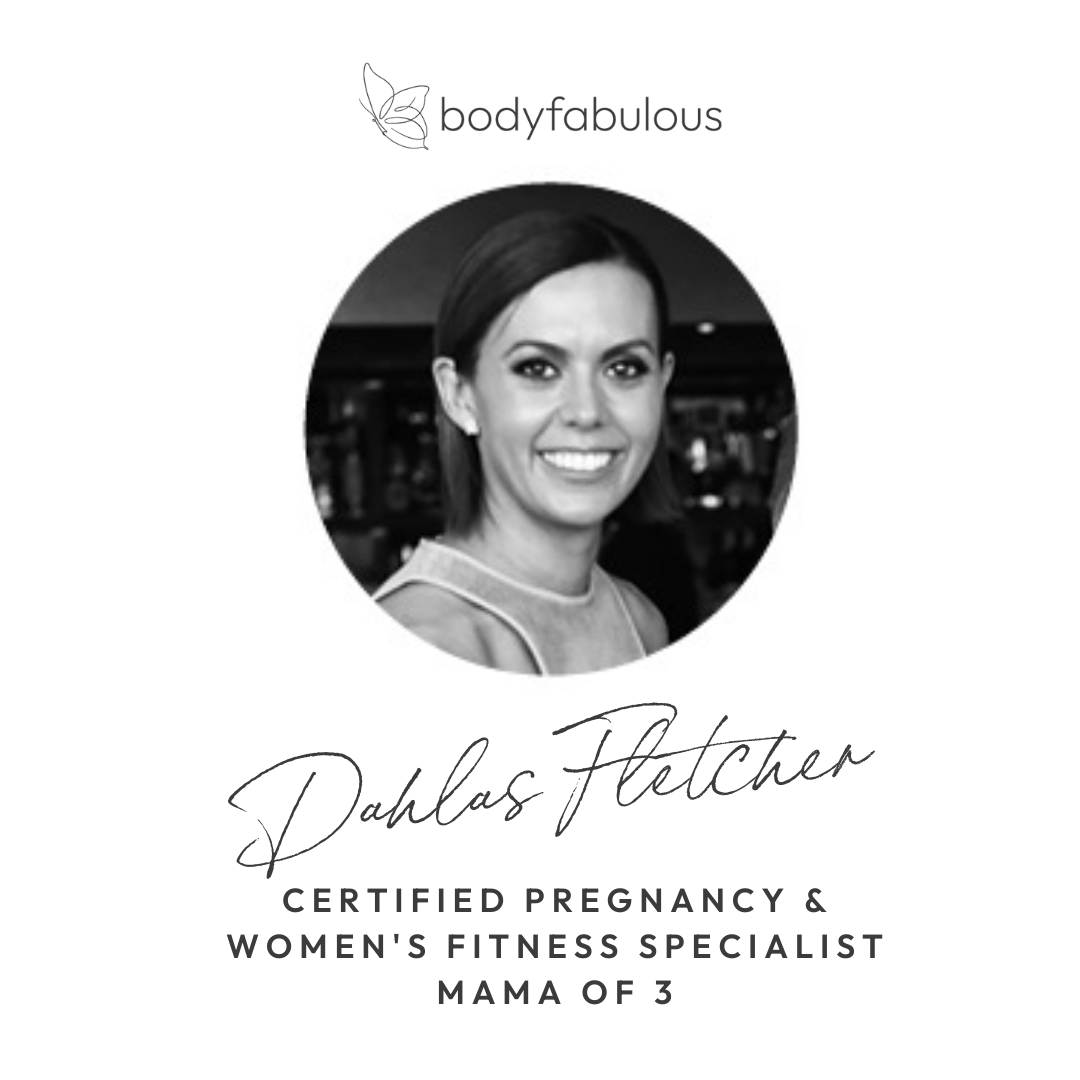

About Dahlas
Dahlas Fletcher is one of Australia’s most respected and successful certified and experienced Pregnancy and Female Fitness Trainers. Her goal is to help you be the happiest, most fabulous version of yourself, inside and out.


